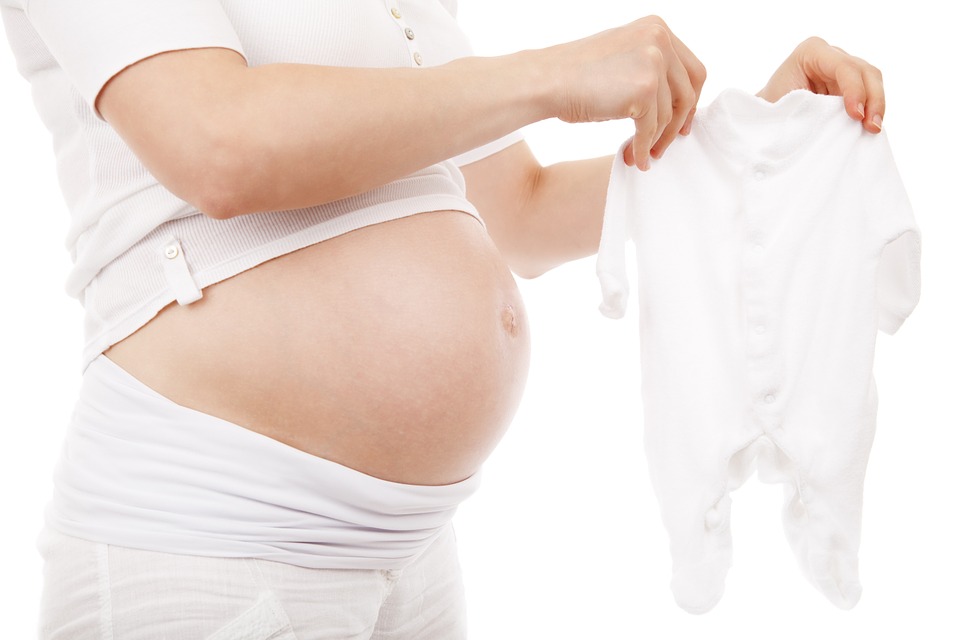
Researchers from Denmark and the U.S. report that babies of women with rheumatoid arthritis (RA) or pre-clinical RA–the period prior to symptoms–are 1.5 times more likely to be born prematurely in Denmark. Findings published in Arthritis & Rheumatology, a journal of the American College of Rheumatology (ACR), indicate that body measurements of the baby at birth were only slightly lower in children exposed to maternal or preclinical RA compared to those with no exposure to the disease. Paternal RA was not found to impact fetal growth or preterm birth risk.
Roughly one percent of individuals worldwide have RA, a systemic autoimmune disease that causes chronic inflammation of the joints. In the U.S., the Arthritis Foundation estimates that 1.5 million people have RA, which affects three times as many women as men. Previous studies have linked rheumatic diseases in mothers with a variety of pregnancy complications including preterm birth and low birth weight in babies. However, there is limited evidence examining the impact of RA or preclinical RA, specifically, on pregnancy outcomes.
Led by Ane Rom, MPH, from Copenhagen University Hospital in Denmark, the present nationwide study used national registries to identify all children born (singleton births) in Denmark between 1977 and 2008. After excluding for multiple child births, children adopted, or those who could not be linked to their mother, researchers had a final study group of 1,917,723 children.
Results show that 13,566 children were exposed to maternal RA (mother was diagnosed prior to giving birth) or preclinical RA (mother diagnosed after giving birth). Children (2,101) born to mothers with RA had similar measurements–birth length, head and abdominal circumference–at birth compared with babies of mothers without RA. In mothers with RA, birth weight of the baby was 87 grams (3oz) lower and placenta weight was 14 grams (0.5oz) lower than babies born to mothers without the disease. Researchers found rather similar results in children (11,455) exposed to preclinical RA.
Compared with unexposed children, researchers determined preterm birth risk was higher in children exposed to maternal RA and pre-clinical RA with an odds ratio of 1.48 and 1.32, respectively. “Obstetricians should be aware of the increased risk of preterm birth in women with RA and among those with preclinical signs of the disease,” advises Ms. Rom.
Rom adds, “For women with RA, we found only a small reduction in fetal growth in their babies, which has little impact on the children immediately following birth. The long term health effects for children born to mothers with RA need further investigation.”